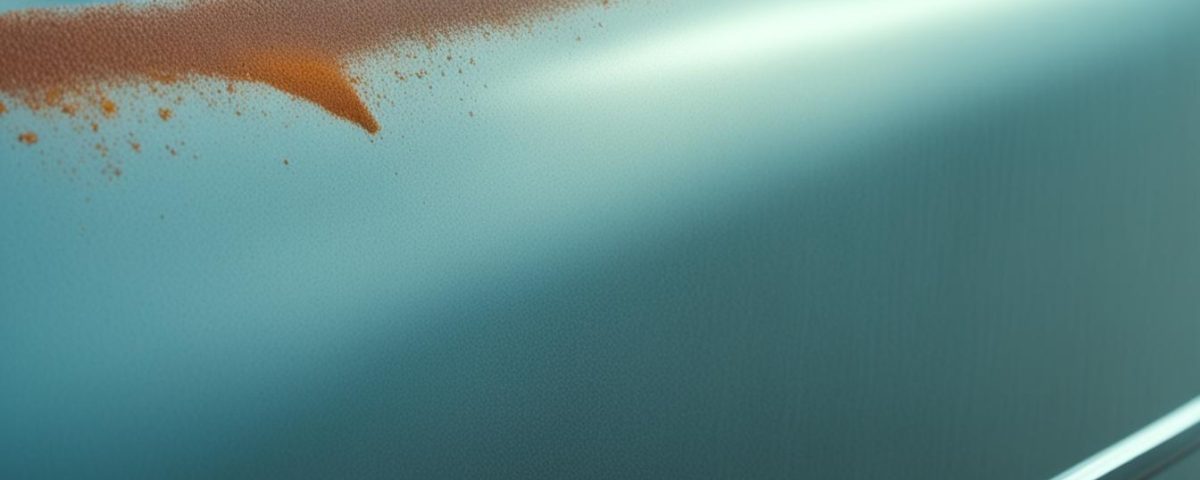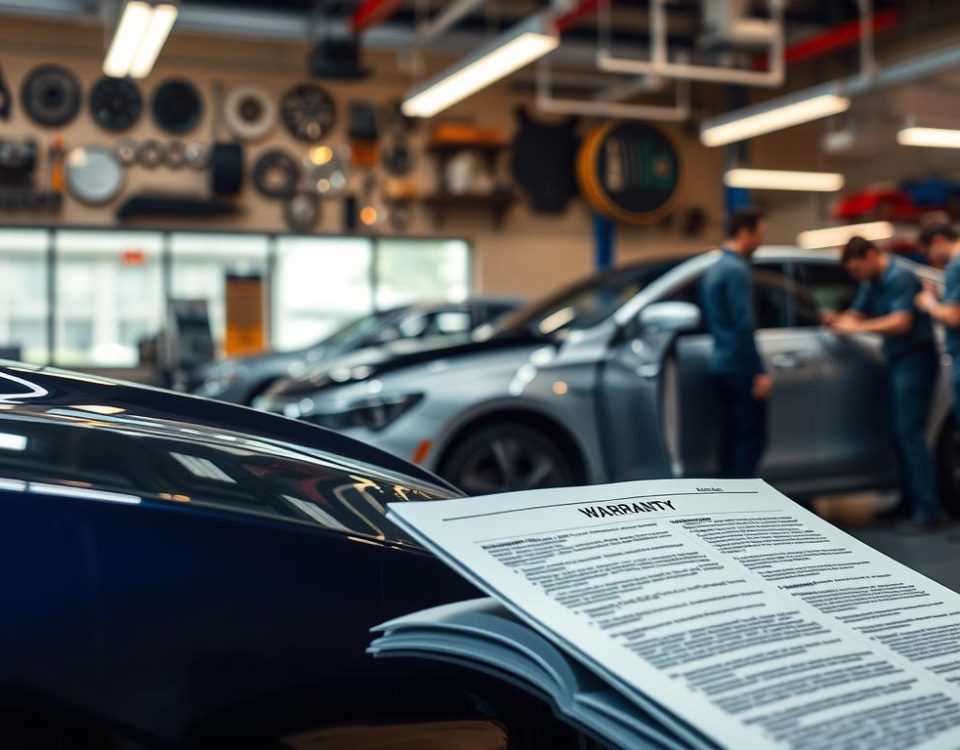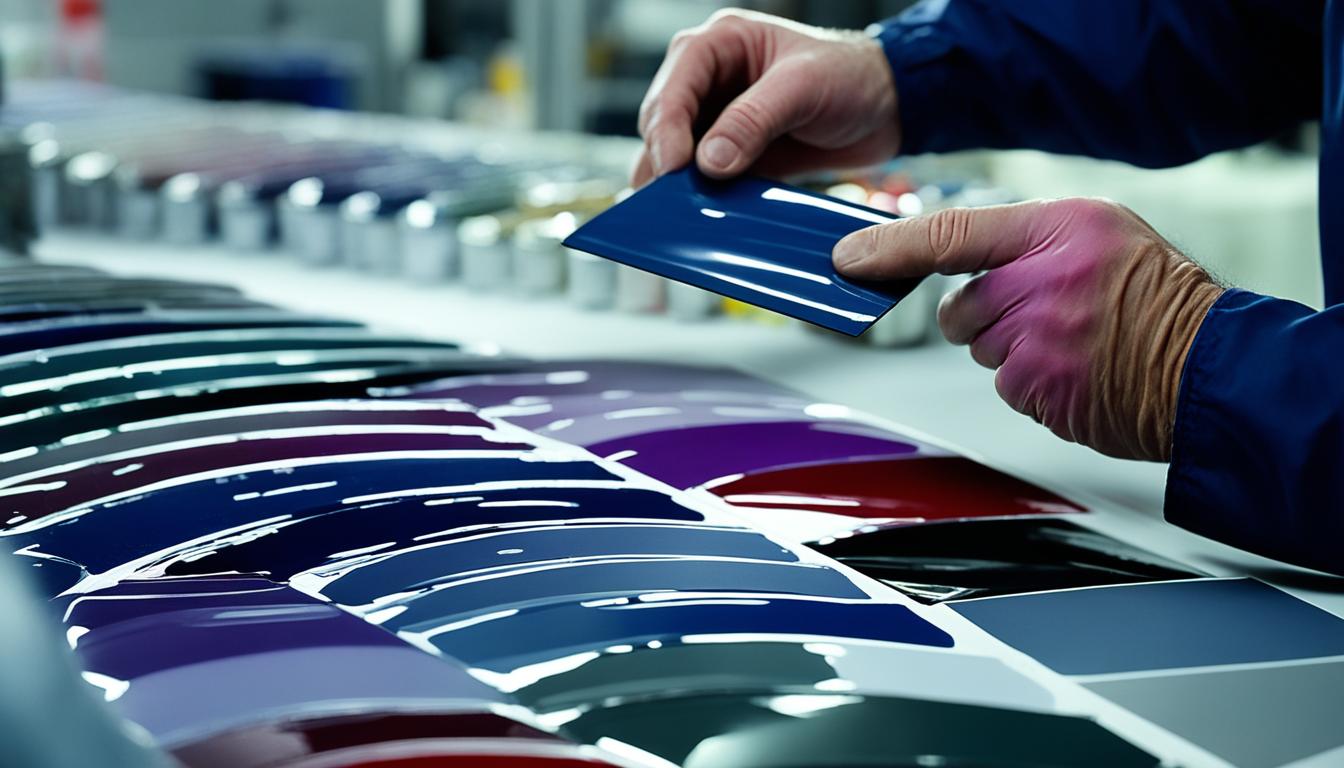
The Art and Science of Perfect Color Matching in Auto Paint Repair

Restoring Clarity: Headlight Repair and Maintenance Tips
Rust can be a significant problem for vehicle owners, causing damage to the appearance and integrity of the car or truck. In this article, we will explore effective techniques for repairing rust and restoring the vehicle’s condition. We’ll cover understanding the nature of rust, the tools and materials required, a step-by-step guide to the repair process, and important considerations when tackling rust damage. By following these proven methods, vehicle owners can revitalize their rides, extending their lifespan and preserving their investment.
Key Takeaways
- Rust can cause significant damage to the appearance and structural integrity of vehicles.
- Understanding the different types of rust and their consequences is crucial for effective repair.
- Rust repair is a cost-effective solution to restore the vehicle’s condition and extend its lifespan.
- Proper tools and materials are essential for successful rust removal and restoration.
- A detailed step-by-step guide can help vehicle owners effectively tackle rust damage.
Understanding Rust and Its Impact on Vehicles
Rust is a persistent enemy that can wreak havoc on our vehicles over time. As a form of corrosion, rust affects the metal surfaces of our cars, trucks, and SUVs, causing a range of damage that can impact both the appearance and structural integrity of the vehicle. Understanding the different types of rust and their consequences is crucial for vehicle owners who want to address this issue effectively.
Types of Rust Damage
Rust can manifest in several ways, each with its own level of severity. Surface rust is the mildest form, appearing as discoloration or flaky spots on the metal. Pitted rust creates small holes in the surface, while perforated rust leads to larger holes that can compromise the vehicle’s structural integrity.
Consequences of Neglecting Rust
Ignoring rust can have serious consequences for vehicle owners. Unaddressed rust can lead to expensive repairs, decreased resale value, and even safety hazards if the damage becomes severe. The corrosion consequences of neglecting rust can be far-reaching, affecting the vehicle’s performance, lifespan, and overall value.
By understanding the various types of rust and their rust impact, vehicle owners can take proactive steps to protect their investment and ensure their cars, trucks, and SUVs remain in top condition for years to come.
Rust Repair: A Cost-Effective Solution
When it comes to vehicle maintenance, rust repair can be a surprisingly cost-effective solution, especially for those willing to tackle it as a DIY project. While major structural rust issues may require professional expertise, many surface-level rust problems can be addressed by the vehicle owner themselves, leading to significant savings compared to taking the car to a body shop.
One of the primary benefits of DIY rust repair is the potential for cost savings. By investing in the right tools and materials, and following the proper techniques, car owners can save a substantial amount of money that would otherwise be spent on professional bodywork. This makes DIY rust repair an attractive option for those looking to maintain their vehicles without breaking the bank.
Moreover, the satisfaction of completing a successful cost-saving rust repair project can be immensely rewarding. Not only does it save money, but it also allows car owners to take pride in their work and gain a deeper understanding of their vehicle’s maintenance needs.
Whether you’re dealing with minor surface rust or more extensive damage, exploring the DIY route for rust repair can be a smart and cost-effective solution. By following the right steps and using the appropriate tools, you can breathe new life into your vehicle while keeping your wallet happy.
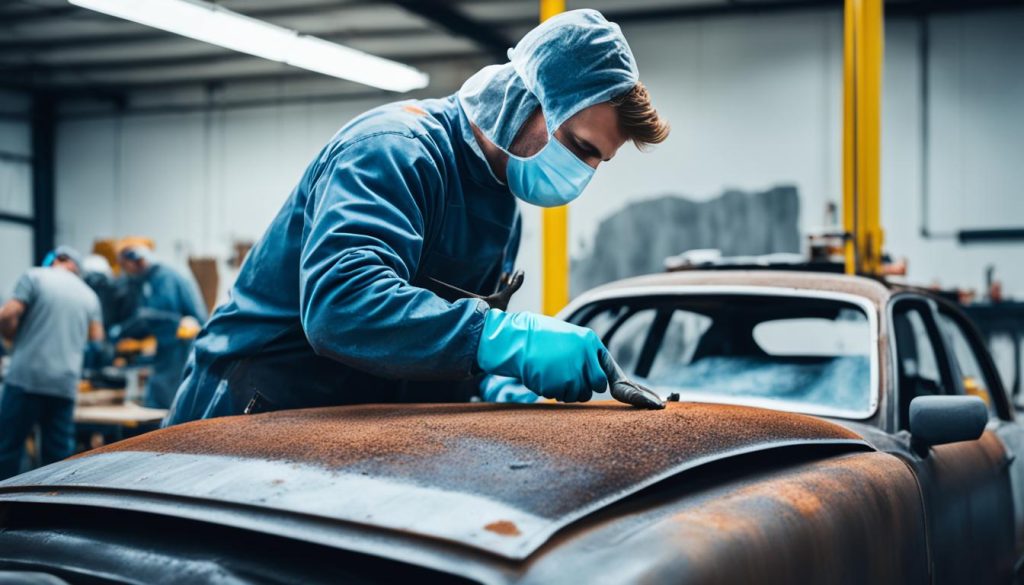
To get started, it’s essential to understand the different types of rust damage and the consequences of neglecting it. By addressing rust issues early on, you can prevent further deterioration and maintain the overall condition of your vehicle. With the right approach, DIY rust repair can be a game-changer in keeping your car looking and running its best.
Rust Repair: Tools and Materials Required
Effectively repairing rust on a vehicle requires having the right rust repair tools and rust repair materials on hand. From specialized equipment like an angle grinder with flapper wheels to essential supplies like body filler and sandpaper, each component plays a crucial role in the restoration process. By understanding the necessary tools and materials, vehicle owners can prepare for a successful rust repair project and achieve a professional-looking finish.
Let’s take a closer look at the key items needed for effective rust repair:
- Angle Grinder with Flapper Wheels: This versatile tool is essential for removing rust and old paint from the affected area, preparing the surface for repair.
- Wire Brush: A sturdy wire brush helps to clean and smooth the rust-damaged surface, ensuring a solid foundation for the repair.
- Fiberglass Epoxy Gel: This specialized adhesive is used to fill in and reinforce areas affected by severe rust damage.
- Body Filler: A high-quality body filler is applied to smooth out the repaired surface and create a seamless transition.
- Sandpaper in Various Grits: Different grades of sandpaper, from coarse to fine, are used to progressively smooth the surface and prepare it for priming and painting.
- Sanding Block: A sanding block helps to maintain a flat, even surface during the sanding process.
- Primer: The right primer ensures proper adhesion of the new paint to the repaired area.
- Base Coat Paint: Matching the original paint color is essential for a seamless restoration.
- 2K Clear Coat Paint: The final layer of clear coat paint provides a durable, high-gloss finish to the repaired area.
- Masking Materials: Tape, paper, and other masking supplies help to protect surrounding areas during the painting process.
- Mineral Spirits: This solvent is used to clean and degrease the surface before painting.
- Rags: Clean, lint-free rags are essential for wiping down surfaces and removing dust and debris.
- Tack Cloth: A tack cloth is used to remove any remaining fine particles from the surface before painting.
Having the proper rust repair tools and rust repair materials on hand ensures a successful restoration process and a professional-looking finish. By carefully selecting and using these essential items, vehicle owners can tackle rust damage with confidence and achieve their desired results.
Rust Repair: Step-by-Step Guide
Restoring a vehicle with rust damage can be a daunting task, but with the right approach, it’s a manageable project. In this comprehensive guide, we’ll walk you through the essential steps to effectively repair rust and revive your car’s appearance.
Removing Paint and Rust
The first step in the rust repair process is to remove the existing paint and rust from the affected area. Use an angle grinder with a wire brush attachment to carefully strip away the old paint and expose the underlying rust. Work slowly and methodically to avoid damaging the surrounding metal.
Repairing with Fiberglass
Once the rust-damaged area is exposed, it’s time to repair the damage using fiberglass. Apply a fiberglass epoxy gel to the affected area, smoothing it out with a putty knife. This will help strengthen the metal and create a solid foundation for the next steps.
Applying Body Filler
With the fiberglass repair in place, it’s time to apply body filler to the area. Use a high-quality automotive body filler to smooth out any remaining imperfections and create a seamless surface. Carefully apply the filler, ensuring it blends smoothly with the surrounding metal.
Sanding and Priming
After the body filler has cured, it’s time to sand the repaired area to achieve a smooth, even finish. Start with a coarse grit sandpaper and gradually work your way up to a finer grit. Once the surface is smooth, apply a suitable primer to the area, ensuring it adheres properly to the repaired metal.
Painting and Clear Coating
The final step in the rust repair process is to apply the base coat paint and, if desired, a clear coat. Carefully select a paint color that matches the rest of your vehicle, and follow the manufacturer’s instructions for proper application. The clear coat will provide an additional layer of protection and a glossy, professional-looking finish.
By following these step-by-step instructions, you can effectively repair rust damage and restore your vehicle’s appearance. Remember to take your time, work safely, and take pride in the end result.
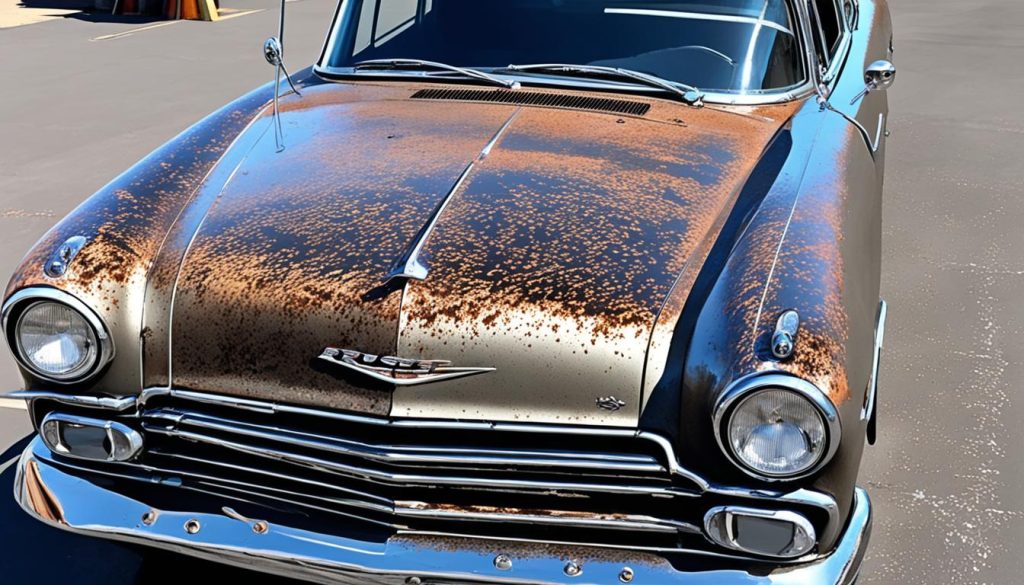
Rust Repair: What to Consider
While the DIY rust repair approach can be a cost-effective solution, there are some important considerations vehicle owners should keep in mind. We will explore the limitations of this method and highlight the importance of proper preparation, cleanliness, and patience throughout the repair process.
One key limitation of DIY rust repair is the inability to address severe structural rust damage. If the rust has compromised the structural integrity of your vehicle, it’s best to seek professional assistance. Attempting to repair extensive damage on your own may lead to further issues down the line.
Proper preparation is crucial for successful rust repair. Thoroughly cleaning the affected area, removing all traces of rust, and ensuring a clean, dry surface are essential steps. Skipping these crucial preparation stages can result in the repair failing prematurely.
Patience is also a virtue when it comes to rust repair. Rushing through the process, such as applying body filler or paint too quickly, can compromise the integrity of the repair. Taking the time to let each step dry and cure properly will help ensure a long-lasting and high-quality finish.
Knowing the boundaries of DIY rust repair and when to seek professional help will ensure a successful and long-lasting restoration. By understanding the rust repair considerations and rust repair limitations, you can make an informed decision and achieve the best possible results for your vehicle.
In summary, the key points to consider when tackling rust repair on your own include:
- Addressing the extent of the rust damage and recognizing when professional assistance is required
- Ensuring thorough preparation, cleaning, and attention to detail throughout the repair process
- Exercising patience and allowing each step to dry and cure properly
By keeping these factors in mind, you can successfully navigate therust repair considerationsand achieve a lasting and visually appealing result for your vehicle.
Conclusion
In the end, repairing rust on a vehicle can be a practical and cost-effective solution for many car and truck owners. By understanding the various types of rust damage and their consequences, as well as utilizing the right tools and materials, vehicle owners can revitalize the appearance and integrity of their rides.
While the DIY approach has its limitations, the techniques outlined in this article can significantly extend the lifespan of a vehicle and preserve its value. We encourage our readers to take on rust repair projects with confidence, knowing that they can achieve professional-quality results through proper preparation and attention to detail.
By addressing rust issues proactively, vehicle owners can not only improve the aesthetics of their cars and trucks but also safeguard the structural integrity and long-term performance. Remember, rust repair is a worthwhile investment that can pay dividends in the form of a better-maintained, more valuable vehicle.


